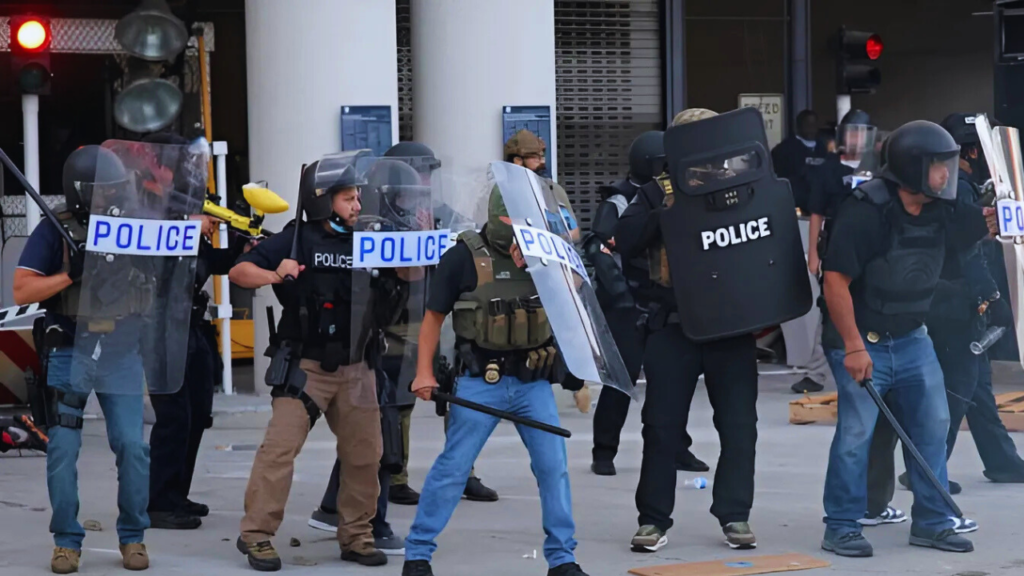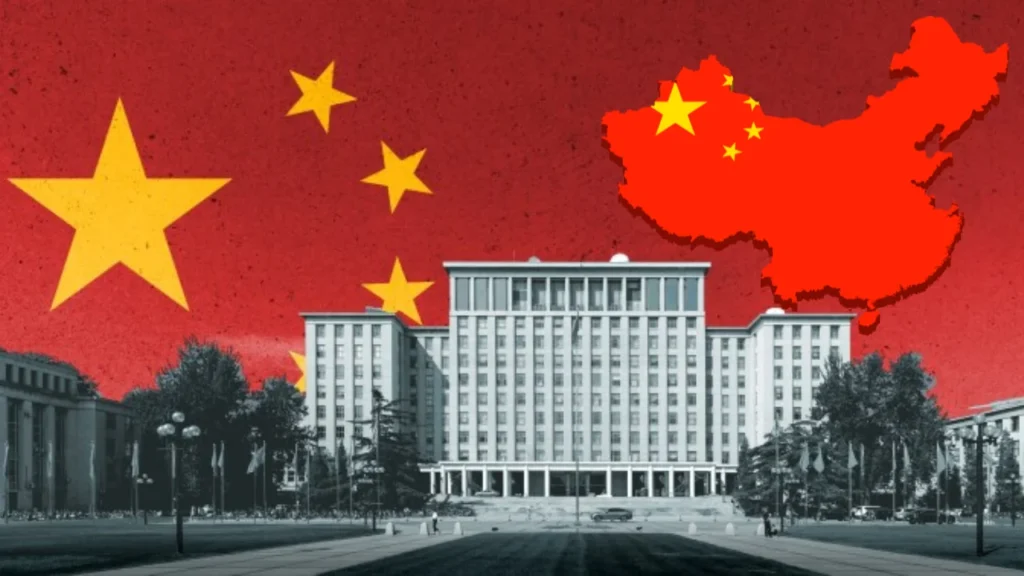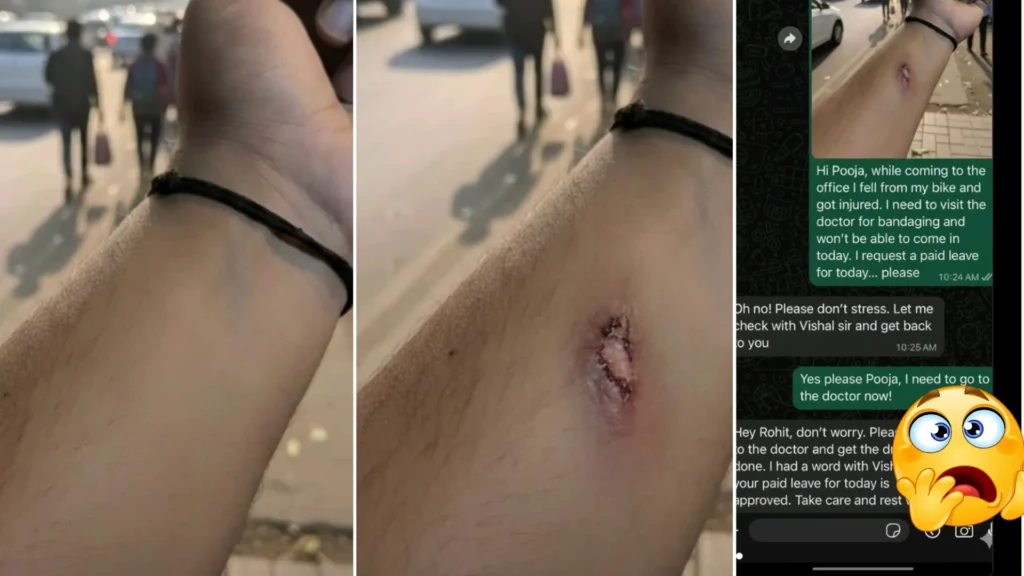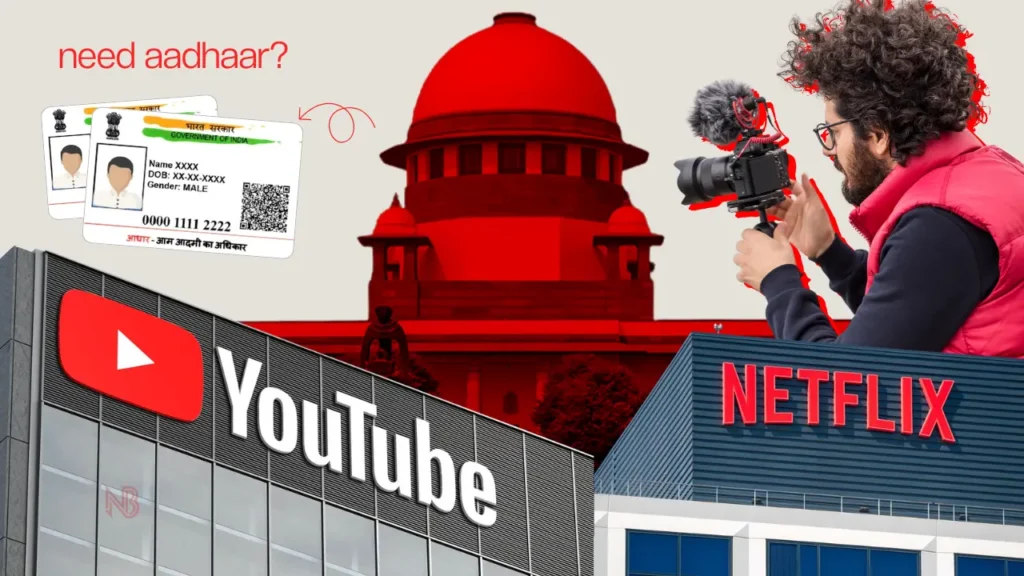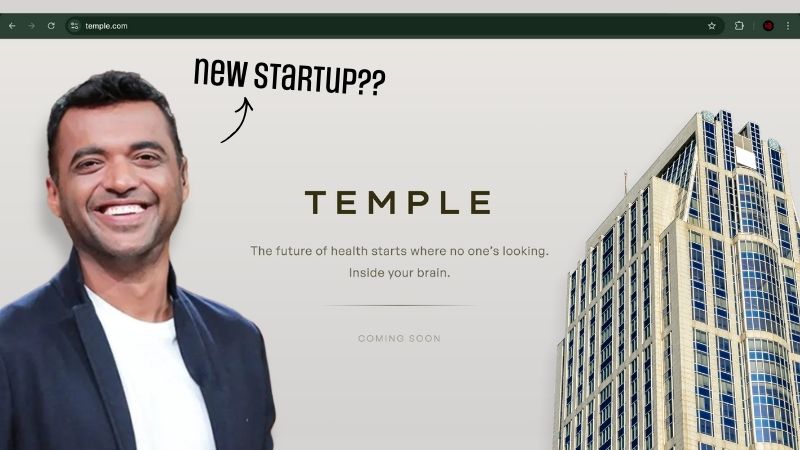In a highly controversial move that has sparked nationwide debate, former U.S. President Donald Trump, now a leading figure in the 2025 presidential race. Ordered the deployment of the National Guard to Los Angeles following intense protests triggered by federal immigration raids. The decision came after days of unrest in various parts of the city. Particularly following coordinated actions by Immigration and Customs Enforcement (ICE) officials. This decision has not only drawn sharp reactions from California’s leadership but has also intensified the national conversation around immigration. State rights, and the balance of federal power.
The Raids That Sparked the Uproar
The situation began when ICE conducted a large-scale operation targeting undocumented immigrants across multiple locations in the Los Angeles area. Raids were carried out at workplaces, primarily in industries known to employ large numbers of immigrant laborers. Including garment factories and construction sites. Reports confirm that more than 40 individuals were detained during the raids, many of whom had no criminal records.
The raids immediately sparked spontaneous demonstrations in downtown Los Angeles and surrounding neighborhoods. Protesters included immigrant rights groups, residents, and even city officials, all demanding a halt to what they described as “militarized enforcement tactics.” The protests quickly escalated, with some groups blocking traffic, surrounding federal buildings, and clashing with local police.
Trump’s Justification: Law and Order vs. Civil Liberties
In a press conference held shortly after the unrest. Trump justified the deployment of National Guard troops by stating that “chaos in our cities must not be tolerated.” He framed the protests as a breakdown of law and order and accused California officials of failing to enforce immigration laws. Trump also claimed that the National Guard was necessary to “protect federal officers and restore peace to the streets of Los Angeles.”
However, critics argue that this move is a political stunt aimed at bolstering. Trump’s image as a tough-on-immigration candidate ahead of the 2025 election. By invoking national security and public safety. Trump has managed to place immigration back at the center of national discourse. While challenging California’s long-standing stance as a sanctuary state.
Governor Newsom Pushes Back
California Governor Gavin Newsom wasted no time in condemning the federal action. He called the deployment of troops “an outrageous federal overreach” and accused Trump of using the National Guard as a political weapon. Newsom emphasized that California had not requested military support and that the state was fully capable of handling civil demonstrations through its law enforcement agencies.
Mayor Karen Bass of Los Angeles echoed similar sentiments, stating that the presence of the National Guard was only likely to escalate tensions. She urged residents to remain peaceful and reaffirmed the city’s commitment to protecting all communities, regardless of immigration status.
National Guard in the Streets: What It Looks Like on the Ground
As of June 7, approximately 2,000 National Guard personnel have been stationed in key areas of Los Angeles, including downtown. East Los Angeles, and areas surrounding federal buildings. Their presence is highly visible—troops in full military gear patrol streets, and military vehicles have been seen at major intersections.
The federal government insists that the Guard’s role is limited to “support and logistics,” including helping protect federal property. However, civil rights organizations argue that the line between support and enforcement is already being blurred. The American Civil Liberties Union (ACLU) has announced it is considering legal action to challenge the deployment. Calling it a violation of the Posse Comitatus Act, which prohibits the military from performing domestic law enforcement duties without specific legal authorization.
Wider Implications: Immigration, States’ Rights, and Federal Authority
This development has far-reaching implications beyond the streets of Los Angeles. For years, states like California have resisted federal immigration policies, citing humanitarian concerns and the economic contributions of immigrant communities. Trump’s decision to send in troops sets a precedent that could be used in future conflicts between federal and state governments.
Legal scholars are now debating whether the use of the National Guard in this context is constitutional. If the deployment is upheld. It could signal a significant shift in how federal authority is exercised, particularly when state governments oppose national policy.
Public Reactions: A Divided Nation Responds
Reactions across the country have been mixed. Trump supporters have largely praised the move, seeing it as a necessary step to enforce immigration law and maintain public order. They argue that sanctuary cities undermine the rule of law and create safe havens for undocumented individuals.
On the other side, immigration advocates, civil rights groups, and many Democratic politicians have condemned the action. Social media platforms have been flooded with videos of protests, images of the National Guard in civilian neighborhoods, and calls for nationwide solidarity marches.
What Comes Next: Legal Battles and Political Ramifications
In the coming weeks, the courts are expected to become the next battleground. California’s attorney general has hinted at filing a lawsuit against the federal government for what he termed “an illegal military occupation.” Meanwhile, protests in Los Angeles show no sign of slowing, and similar demonstrations are starting to pop up in cities like San Francisco, Chicago, and New York.
Politically, the decision may energize Trump’s base, but it could also alienate moderate voters concerned about authoritarian tactics. It remains to be seen whether this bold move will help or hurt Trump’s 2025 campaign. But one thing is clear—it has reignited the national debate about who controls America’s streets, its borders, and its future.

